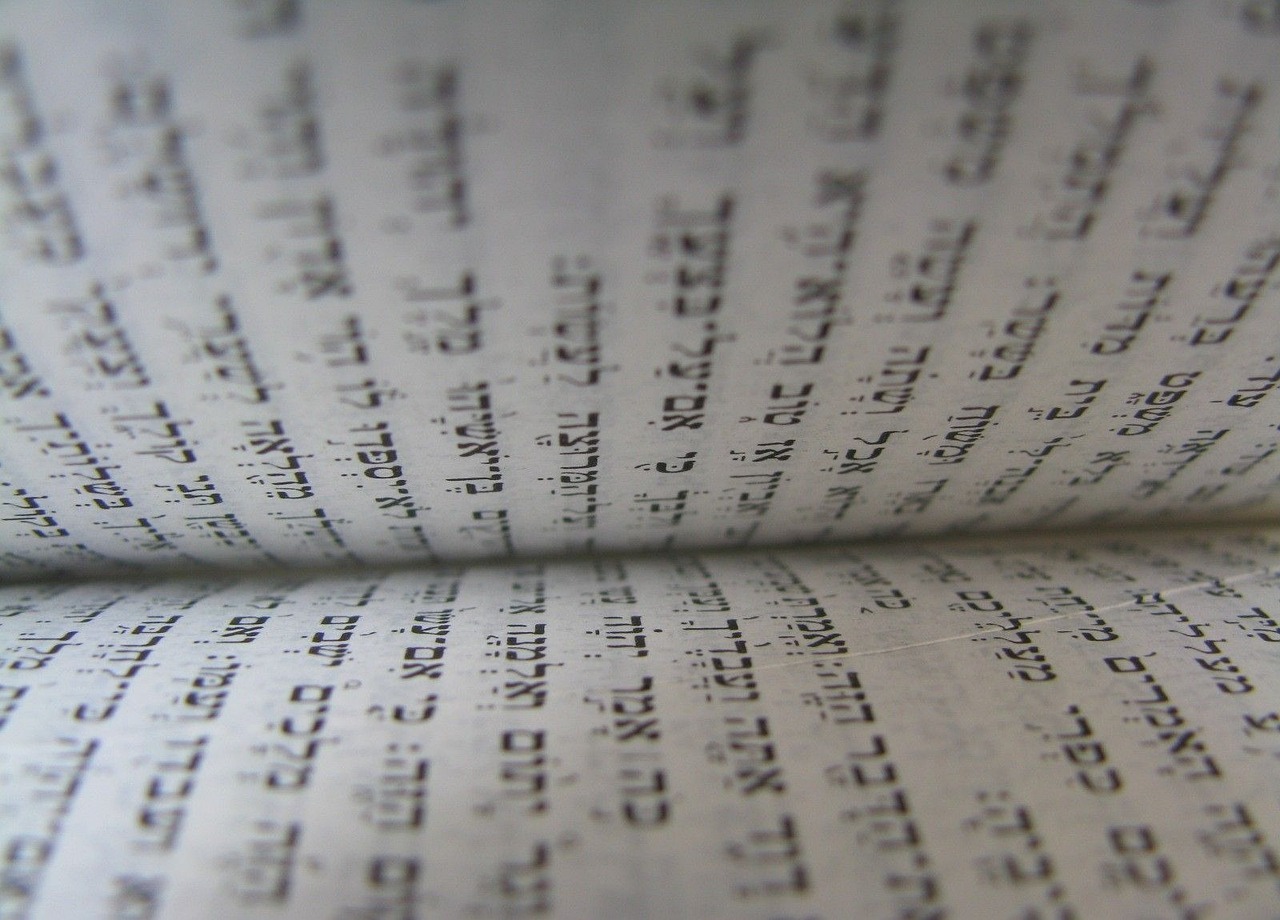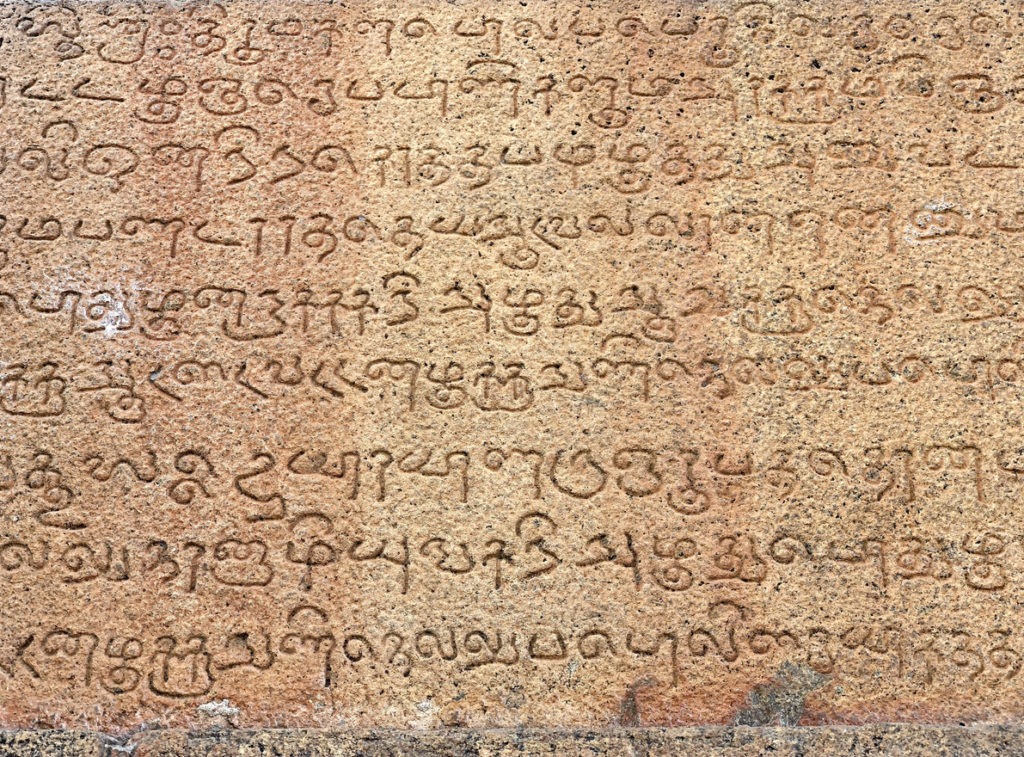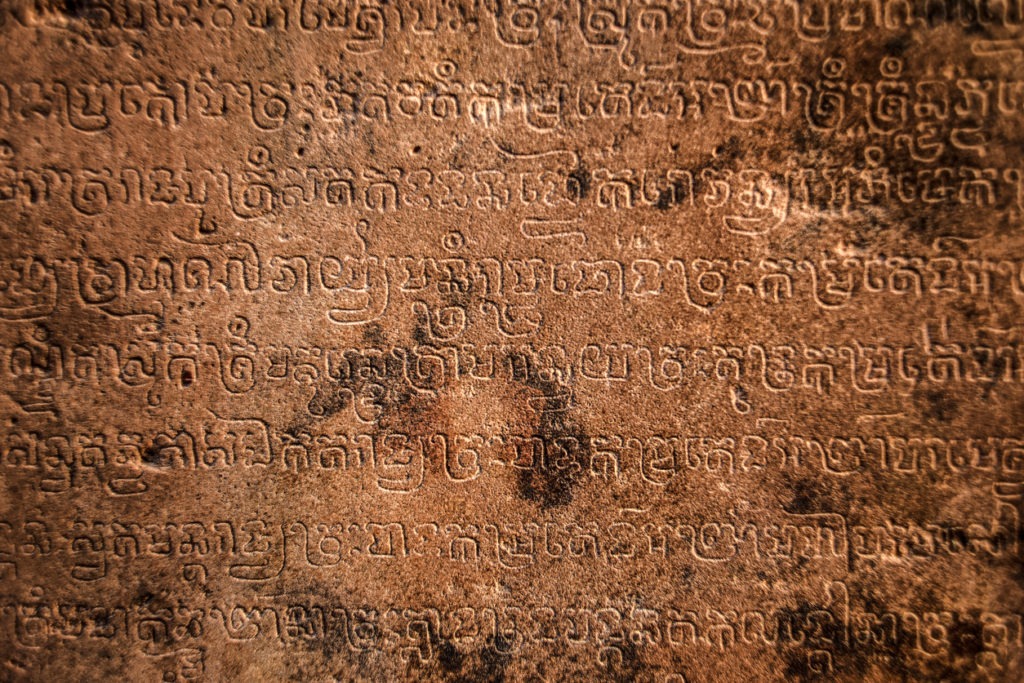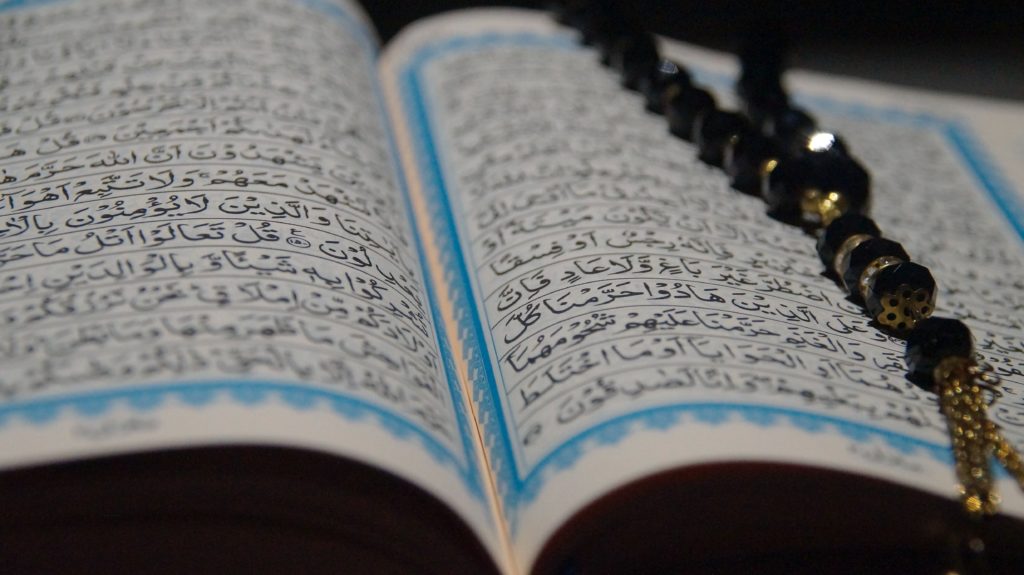Similar to biological evolution, language evolution occurs gradually and generation by generation; as a result, there is no clear transition between one language and the language that arises from it. Since all languages are as old as mankind itself, it is difficult to argue that one is actually older than any other. Nevertheless, each of the languages listed below has a unique characteristic or an antiquated feature that sets it apart from other languages.
1. Tamil (5000 years old)
Tamil is believed to be the oldest living language in the world, spoken by 78 million people, and an official language in Sri Lanka and Singapore. The only old language that has persisted into the present era is Tamil. Tamil is the most frequently spoken language in the state of Tamil Nadu and one of the official languages of India. It is a member of the Dravidian language family, which also includes the native languages of southern and eastern India. Tamil writings from the third century B.C. have been uncovered.
2. Sanskrit (5000 years old)
Sanskrit is the oldest language in the world (5000 years old), although it stopped being used often in approximately 600 B.C., unlike Tamil, which is still extensively used today. It is currently a liturgical language, one of the sacred languages used in Hindu, Buddhist, and Jain texts. The Rigveda, a collection of Vedic Sanskrit hymns that was composed somewhere in the second millennium B.C., contains the oldest known written instance of Sanskrit. Numerous European languages have their roots in Sanskrit, which is also one of India’s official languages.
3. Egyptian (5000 years old)
Egyptian Coptic is Egypt’s oldest indigenous language. It is a very old language, with written evidence of its use dating back to 3400 BC. Before Egyptian Arabic took its position in the late 17th century AD, when Muslims invaded Egypt, Coptic was the most frequently spoken language in that country. The Coptic Church in Egypt still uses the Coptic language for its liturgy. Currently, very few individuals are fluent in the language.
4. Hebrew (3000 years old)
Around 400 CE, Hebrew became less widely used, although it is still used today for Jewish religious ceremonies all around the world. Hebrew saw a renaissance era with the emergence of Zionism in the 19th and 20th centuries, eventually becoming Israel’s official language. Native Hebrew speakers can understand anything written in the old books, even if Modern Hebrew differs from the Biblical original. Other Jewish languages had a profound impact on modern Hebrew.
5. Greek (2900 years old)
Greek was initially spoken in Greece and Asia Minor, which is now a part of Turkey. It is the national tongue of Cyprus and Greece. Greek has been continuously used as a written language for almost 3,000 years, far longer than any other living Indo-European language. Greek history is broken down into three eras: ancient, medieval, and modern. Greek is now spoken by about 15 million people, the majority of whom live in Greece and Cyprus. Greek speakers may be found in significant numbers in nations like Australia and the United States.
6. Basque (2200 years old)
A limited number of individuals in France and Spain speak Basque as their mother tongue, yet the language has nothing whatsoever in common with either French or Spanish or any other language in the world. For decades, linguists have debated the origins of this enigmatic language, but no theory has been able to stand the test of time.
7. Lithuanian (5000 years old)
Lithuanian is a member of the Indo-European language family, which also includes the languages German, Italian, and English. Sanskrit, Latin, and Ancient Greek are near relatives of Lithuanian, which has done a better job than any of its linguistic relatives in preserving the sounds and grammatical structures of antiquity. As a result, it is regarded as one of the earliest languages in existence. Today, Lithuanian is one of the official languages of the European Union as well as the official language of the Republic of Lithuania. Language laws and specialized organizations safeguard it.
8. Farsi (2500 years old)
The most widely spoken language in contemporary Iran, Afghanistan, and Tajikistan is Farsi. Farsi is the predecessor of Old Persian, the official language of the Persian Empire. Around 800 CE, modern Persian began to take shape, and little has altered since then. Persian speakers would have had less trouble reading a work from the year 900 CE than an English speaker would have, for example, reading English writings from Shakespeare’s period.
9. Irish Gaelic (1500 years old)
There are 276,000 native speakers of Irish Gaelic, often known as Gaelic, Erse, or Irish, which dates back to the year 1500. Celtic language from the Bronze Age is the ancestor of Irish Gaelic. The literary legacy, however, dates to the sixth century AD. Manx, Scottish Gaelic, Welsh, Cornish, and Breton languages are linked to Irish. Ogham stones from the fifth and sixth centuries AD contain the first written records of the language.
10. Icelandic (1200 years old)
About 330,000 people in Iceland speak Icelandic, the country’s official language. In some areas of Canada, the United States, and Denmark, Icelandic is also spoken. North Germanic is the language of Iceland. The language was derived from Norse, which the Norwegian invaders brought with them in the ninth and tenth centuries. The writing system of Icelandic, which may be seen in the writings of Ari the Learned, is remarkably close to that of Old Norse (1068-1148).
11. Chinese (6000 years old)
Around 1.2 billion people worldwide speak Chinese. Chinese is a member of the Sino-Tibetan language family. The language contains several intricate dialects. About 3000 years ago, Chinese characters first appeared. The hieroglyphs date to the Shang Dynasty, which lasted from the sixteenth to the eleventh century BC. However, the written form was lately, in 1956, made simpler for comprehension.
12. Arabic (1500 years old)
Arabic is a holy language since it is the language of the Quran. There are around 260 million individuals who speak Arabic. and Arabic language is the origin of certain English terms, including sugar, algebra, alcohol, and emir.
Conclusion
Since the first language was ever created, many more have been added to the world. Many of these languages, which have endured over the years and are still in use in various regions of the world, have been lost to time and can only be found in tales. These serve only as examples of the resilience of the human spirit and the reality that certain things endure forever.






